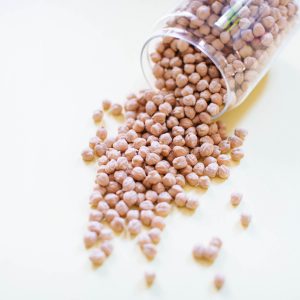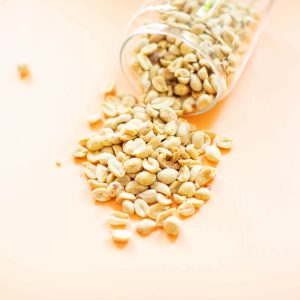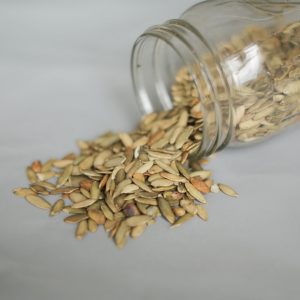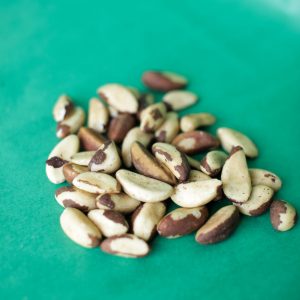Olives are a great addition to any meal for a chewy, salty flavor.
Olives have a fantastic chewy, soft, tender, and “meaty” texture. They’re a perfect addition to any dish to give a unique bite and distinct flavor. Depending on the type of olive, the flavor will vary greatly. Some of the most popular olive variations are green, Kalamata and black. Olives are very popular in Mediterranean diets and have been associated with a plethora of health benefits.
Health Benefits of Olives:
Olives are a great source of healthy fats. They’ve been shown to help decrease the “unhealthy” cholesterol (LDL), and improve the LDL: HDL ratio (“bad” to “good” cholesterol). This can ultimately lead to lowering the risk of heart disease.
Olives also contain many antioxidants from vitamin E and the trace minerals zinc and selenium, all of which provide protection from oxidative stress. The antioxidants, vitamins, and minerals found in olives have also been shown to help protect against cancer.
Nutrient Breakdown of Olives:
*Per 1 cup
- Healthy Fats | monounsaturated and a small amount of omega-3 fatty acids
- Copper | 38% DV
- Iron | 25% DV
- Vitamin A | 18% DV
- Vitamin E | 15% DV
- Anti-inflammatory nutrients, phytonutrients | terpenes, flavones, anthocyanidins, flavonols
How To Use:
Olives can be used in a variety of different ways. They’re often chopped and mixed into salads or tossed on top of a pizza. You can also mix them into pasta, millet, quinoa, wild rice, or other dishes. They’re great in dips like hummus or tapenade for a salty, rich flavor. You can also try incorporating whole, pitted olives in an appetizer, small plate or salad!
Recipes:
Poached Egg Plate With Castelvetrano Olive Butter
NS Recommends:
Try adding olives to a platter or small plate for an appetizer alongside gluten-free crackers, hummus or roasted veggies!
Recipes Featuring:
Olives

































































































